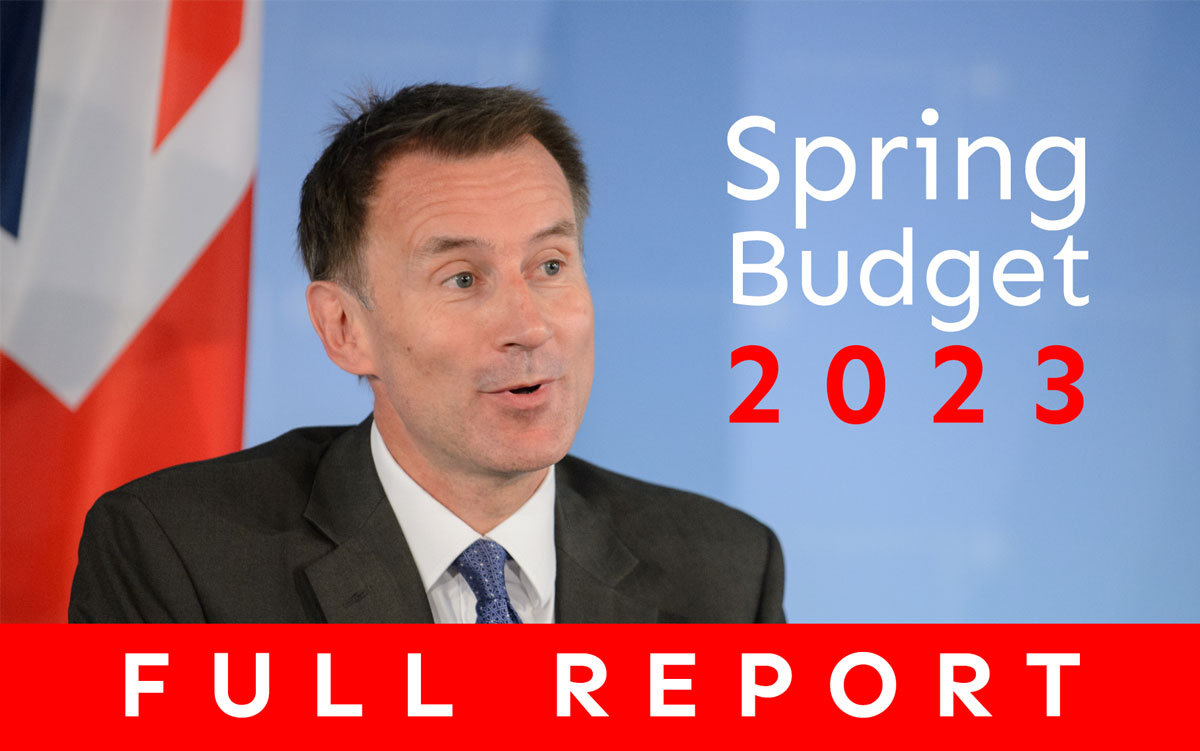Essential IR35 FAQs for April 2021
Be ready for April’s changes, with our essential IR35 FAQs.
First things first, what’s changing?
The way in which private sector contracts IR35 statuses are determined will be brought in line with the current way in which public contracts are. So it will be the end-hirer / client’s decision on whether a contractor is ‘inside’ or ‘outside’ of IR35, and the contractor themselves is totally taken out of the process. The end-hirer / client will also be held financially responsible if they get it wrong.
What’s staying the same?
The way in which a contractor’s status is determined isn’t changing, so if you are legitimately contracting outside IR35 come April, then in theory you still will be post the legislation changes.
If your contract is already within the public sector, then from April nothing will change, as your end-hirer /client is already responsible for determining your status.
If you’re unsure about your current IR35 status, or will be starting a new contract before April 2021, be sure to speak to a specialist contractor accountant. They will be able to advise on your status by reviewing your contract and working practices, so you can contract confidently.
How might this impact contractors?
From what we’ve seen in the public sector, we believe that some end-hirers / clients may take a risk averse stance and place a blanket ‘inside’ status on all contractors, so as to not to be responsible financially for any incorrect determinations.
This may result in a number of contractors having to work temporarily on a PAYE basis, and therefore lose the associated tax benefits which come with working through their Limited Company.
How will your status be determined?
Your end-hirer / client must demonstrate that they have taken reasonable care when determining your status. They must be able to show that following has been considered:
Control: What level of control does the end-hirer / client have over your working practices? If there is minimal or none at all, then this would suggest you are outside IR35.
Substitution: Are you able to send another contractor in your place to complete some or all of the contract? If so, again this would suggest you are contracting outside of IR35.
Mutuality of Obligation (MoO): Are you expected or obliged to complete any additional work to that stated within your contract? If the answer is yes, then it may appear that you’re operating inside IR35.
The CEST Tool (Check Employment Status for Tax)
The CEST tool has been designed by HMRC to determine a contractor’s IR35 status. It works by the user answering a number of questions regarding your contract and working practices, and CEST then provides your status decision.
What’s wrong with CEST?
As CEST was built by HMRC many believe it to be biased, and therefore have little trust in it favouring any outside determinations. Tests by HMRC have also shown that the CEST tool has produced incorrect results, and has therefore made many contractors believe it to be flawed.
Whilst this is the case, HMRC have stated that they will stand by any decision made by CEST, so long as the answers given during the determination process were 100% factual.
What can be done if you don’t agree with the end-hirer / client’s decision?
If, for whatever reason you feel your client has incorrectly determined your status, you are able to submit a ‘client-led disagreement’. This process effectively alerts the client that you do not agree with their decision, and will be looking into evidence which may disprove their conclusion and ultimately reverse your status.
Our blog How to challenge your client’s IR35 status determination shows you in detail how to start the client-led disagreement process. Alternatively, speak to your specialist contractor accountant, who should be able to advise and support you through the process – like Taxevo.
What happens if your client refuses to reconsider an incorrect assessment?
You have four potential options:
Option 1: Reject the contract and start another one elsewhere.
Option 2: Return to permanent employment.
Option 3: Contract under an Umbrella company for the duration on your contract. Taxevo allows you to move freely from your Limited Company over to our group company, SG Umbrella whenever your contract needs you to. Speak to one of our accountants to find out more.
Option 4: Continue to contract through your Limited Company. Whilst you’ll still need to pay National Insurance Contributions (NIC) and tax, there are some benefits to staying with your Limited Company. Your specialist accountant will be able to advise you on these, based on your own personal and professional circumstances.
What happens if you’re found inside for the same contract which you were initially found outside?
HMRC have stated that they have no intentions in opening retrospective investigations into past contracts, but we’d still advise exercising caution if you find yourself contracting for the same client, when a previous contract with them was found outside. We advise speaking to your accountant about your options, before making any decisions.
Got a question that’s not on this list?
Lets talk! Our accountants will talk you through any questions you may have surrounding the changes to IR35. Ready to join us? Our team are ready and waiting to help you navigate your way through April’s changes and beyond. Take a look at our packages to find out more, or if you’re ready to talk, get in touch.






